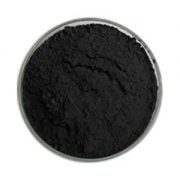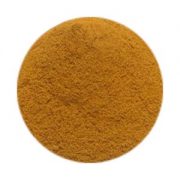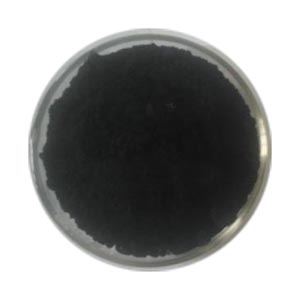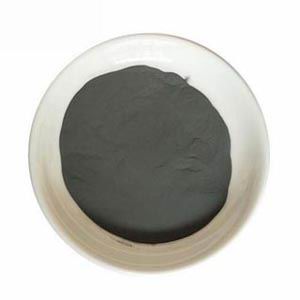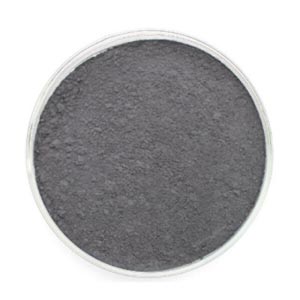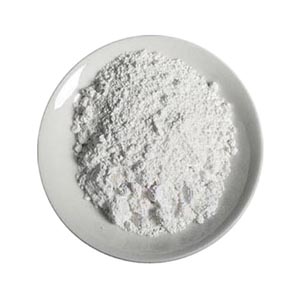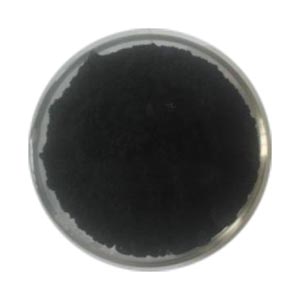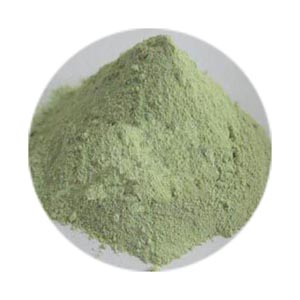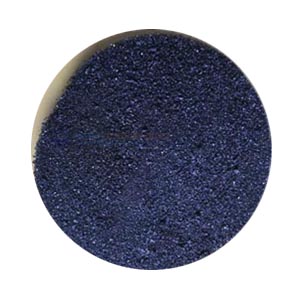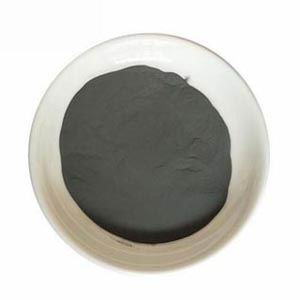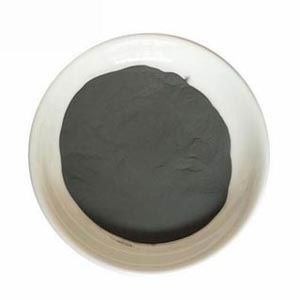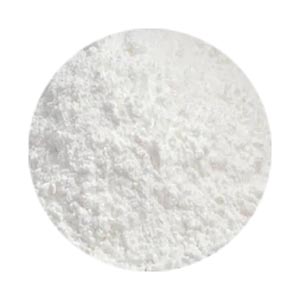
Conductive titanium dioxide
Chemical component: TiO2, SnO2 , Sb2O3
Granular shape: spheroid
Primary grain size, 0.4um
Vibration density, 0.8 ~ 1.2g/cm3
Specific surface area,15 ~ 30m2/g
External view:Grayish white powder with adjustable whiteness
- 描述
- Inquiry
Physical properties:Tasteless, non-toxic, non-combustible
Heat resistance: Stable below 800℃
Chemical tolerance: Acid resistance, alkali resistance, light resistance, organic solvent resistance, no oxidation, flame retardant.
Electrical resistance, ω.cm, <100
Conductive titanium dioxide microstructure is spherical, based on titanium dioxide as the matrix, the use of nanotechnology, through surface treatment, semiconductor doping treatment, so that the surface of the matrix to form a conductive oxide layer, so as to prepare a new type of electronic conductive functional semiconductor coating (fill) material.
Conductive titanium dioxide has less absorption of light, large scattering ability, and good optical properties such as luster, whiteness, achromatic power and hiding power. Can be made into nearly white and other light color permanent conductive, anti-static products. It is especially suitable for conductive and anti-static products and environments with high whiteness requirements (such as white anti-static paint for interior walls). Can be widely used in petroleum, chemical, building materials, electronics, mechanical and electrical, communication, automobile, medicine, paper, textile, packaging, printing, shipbuilding, ceramics, aerospace, weapons and other industrial sectors of conductive, anti-static fields.
Suggestions for use:
The performance of conductive titanium dioxide ECP-T is related to the matrix resin, additives, solvents and processing technology in the product system, and in the coating system, it is also related to the electrical properties of the coated object. Under normal circumstances, when the addition of conductive titanium dioxide is 25 ~ 30%(solid content weight percentage), the product resistivity can reach 106 ~ 107 ω.cm.
Conductive titanium dioxide ECP-T can be used alone or in combination with other conductive powders (such as conductive potassium titanate ECP-TF1, conductive mica powder ECP-M800, M600, M400). The filling structure of conductive packing has a direct effect on the conductivity, and the non-uniform structure has better conductivity than the uniform structure, which can be explained by the size of the contact area. In terms of the amount of conductive powder added, the electrical conductivity of the product increases with the increase of its addition, when a certain amount is reached (called the critical addition amount or critical concentration), the electrical conductivity is the best, and then the electrical conductivity tends to change smoothly.
Conductive titanium dioxide ECP-T is easily dispersed in aqueous and polar systems. When used in a non-polar system, it is best to moisten with a solvent of similar polarity before mixing and dispersing, and then add the moistened slurry to the system for simple dispersion. The dispersion effect can be improved by increasing the stirring speed, adding dispersant, two-roll and three-roll grinding, etc. If dispersants are used, the dispersion time will be shortened. The shear force should not be too large during the dispersion process, otherwise the structure of the conductive powder will be damaged. In the use of ball milling, sand grinding means should be adjusted fineness, as far as possible to shorten the time, as far as possible to reduce the conductive powder structure damage.
When conductive titanium dioxide is used with conventional pigment (filling) material, the conventional pigment (filling) material should first be pre-dispersed by conventional means, and then the conductive powder should be added by simple dispersion. Thixotropic agents (such as hydrogenated castor oil derivatives, organic modified bentonite, ultra-fine SiO2, etc.) should be added to the coating to improve the settlement resistance of the conductive powder. If the settlement cannot be avoided, flocculants (such as Terrg-P, Anti-RRA-203, Texaphor-963, etc.) can be added to control the settlement, and can be dispersed by simple stirring.
相关产品
-
Molybdenum pentachloride
Specification: 99%-99.99%
English alias: Molybdenum (V) chloride; Molybdenumchlorideanhydrous; Molybdenum (V) chloride
CAS number: 10241-05-1
Molecular formula: MoCl5
Molecular weight: 273.205
Melting point: 194°C -
Tungsten silicide
Other name: Tungsten disilicide
CAS no. : 12039-88-2
EINECS no. : 234-909-0
Formula: Si2W.
Molecular weight: 240.011
Density: 9.40 g/cm3
Melting point: 2165 C.
-
Molybdenum disilicide
Other name: Molybdenum silicide
Molecular formula: MoSi2
CAS number: 12136-78-6
Molecular weight: 152.11
Melting point: 2030 ° C
Density: 6.24g/cm3 -
Niobium metaphosphate
English name: Niobium metaphosphate
Chemical formula: Nb (PO3) 5
Molecular weight: 487.90
Properties: sodium biphosphate glass, white powder, insoluble in water, PH value: 3.8
-
Niobium boride
Other name : niobiumbago (NBB); boranylidyneniobium
CAS no. : 12653-77-9; 12045-19-1
EINECS no. : 234-958-8
Formula: B2Nb.
Molecular weight: 103.7174.
Density: 7g/cm3
Melting point: 3050℃
-
Vanadate zirconium
Molecular formula: ZrV2O7.
Molecular weight: 315.7.
CAS no. : 13981-20-9
Appearance: yellow powder
Used in functional ceramics, structural ceramics and other aspects as pigments.
Description: The use of temperature: 400-1080 ℃
The coefficient of linear expansion: – 10 x 10-6 ℃ – 1 -
Zirconium tungstate
Other name:
Tungsten zirconium oxide ; Ditungsten zirconium octaoxide
CAS no. : 16853-74-0
EINECS no. : 240-876-3
Molecular formula: Zr(WO4)2
Molecular weight: 586.8992.
-
Tungsten hexachloride
English alias: Tungsten (VI) chloride; Tungstenchloride; Tungsten (6 +) hexachloride; Tungsten (4 +) tetrachloride; Tungsten chloride
CAS no. : 13283-01-7
EINECS no. : 236-293-9
Molecular formula: Cl6W
Molecular weight: 396.558
Melting point: 275 ℃
-
Tantalum diboride
Other name: tantalum boride (1:2)
CAS no. : 12007-35-1
EINECS no. : 234-234-5
Molecular formula: B2Ta.
Molecular weight: 202.572
-
Tantalum nitride
Performance characteristics: high purity, no impurity phase detected by XRD
Tantalum nitride (TaN) has superior physical, chemical and mechanical properties (such as high hardness, wear resistance, chemical inertness, thermal stability and low resistance temperature coefficient), and is widely used in wear-resistant coatings, film resistors and diffusion barriers in integrated circuits

